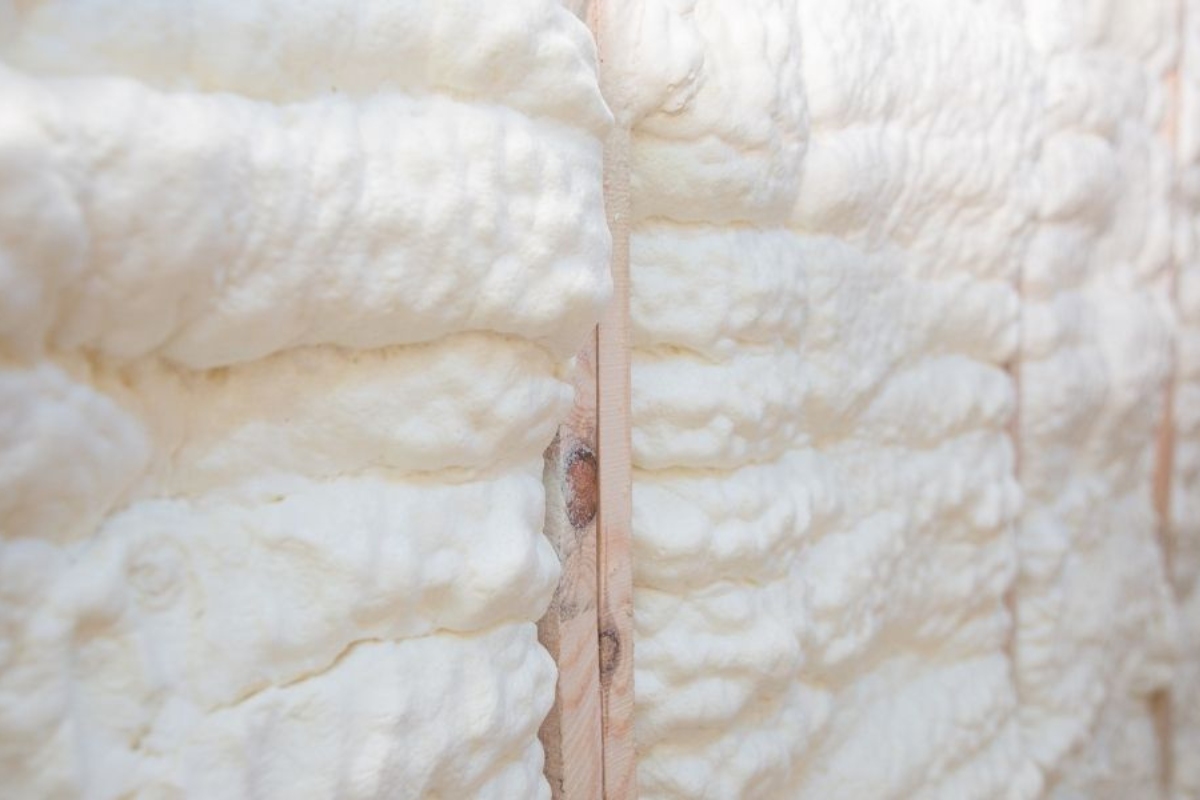

Articles
What Is Foam Insulation Made Of
Modified: October 31, 2024
Discover what foam insulation is made of in this informative article. Learn about the materials used and the benefits of using foam insulation in your home.
(Many of the links in this article redirect to a specific reviewed product. Your purchase of these products through affiliate links helps to generate commission for Storables.com, at no extra cost. Learn more)
Introduction
Foam insulation has become increasingly popular in recent years as a versatile and efficient insulating material. With its ability to provide excellent thermal resistance, reduce energy consumption, and enhance indoor comfort, foam insulation is being used in a wide range of applications, from residential and commercial buildings to industrial facilities and even transportation.
But what exactly is foam insulation made of? In this article, we will explore the composition of foam insulation, its history, different types of foam insulation materials, as well as the advantages, disadvantages, and environmental impact of using this insulation method.
Definition of Foam Insulation
Foam insulation is a type of insulating material that is made from a polymer-based foam. The foam is created by combining various chemicals, which undergo a chemical reaction to form a solid, cellular structure. The resulting foam insulation material has a high resistance to heat transfer, providing a barrier that prevents the flow of heat, thereby improving energy efficiency.
History of Foam Insulation
The use of foam insulation dates back to the mid-20th century when it was first developed as an effective insulating material. The initial forms of foam insulation were primarily made from polystyrene and polyurethane, which offered excellent thermal resistance properties. Over the years, advancements in technology and research have led to the development of various types of foam insulation materials, each with its own unique characteristics and advantages.
Types of Foam Insulation Materials
There are several types of foam insulation materials used in construction and insulation applications. Let’s take a closer look at some of the most common ones:
… (continue with the rest of the article)
Key Takeaways:
- Foam insulation is made of polymer-based foam, created through a chemical reaction to form a solid, cellular structure. It offers high thermal resistance, moisture control, and soundproofing, making it a versatile and effective insulation material for various applications.
- While foam insulation provides excellent thermal resistance and energy efficiency, it’s important to consider potential drawbacks such as cost, professional installation requirements, and environmental impact. Careful consideration of these factors can help make informed decisions when choosing insulation materials.
Read more: What Is Insulation Made Of
Definition of Foam Insulation
Foam insulation is a type of insulating material that is made from a polymer-based foam. The foam is created by combining various chemicals, which undergo a chemical reaction to form a solid, cellular structure. This cellular structure gives foam insulation its unique properties, such as low density, high compressibility, and excellent thermal resistance.
The process of creating foam insulation involves the use of blowing agents, which are substances that create bubbles or foam in the polymer mixture. These blowing agents can be either chemical or physical in nature. Chemical blowing agents release gases when exposed to heat or a catalyst, causing the foam to expand. Physical blowing agents, on the other hand, rely on a change in pressure or temperature to create the desired foam structure.
The resulting foam insulation material consists of a network of small, interconnected air bubbles within a solid matrix. These bubbles act as insulating pockets, reducing the transfer of heat through conduction and convection. Additionally, the walls of the bubbles and the solid matrix themselves provide a barrier to the flow of heat, further enhancing the thermal resistance of the insulation.
Foam insulation materials can vary in their physical properties, such as density, hardness, and flexibility, depending on the specific composition and manufacturing process used. This allows for a wide range of applications, as foam insulation can be tailored to meet the requirements of different industries and environments.
Foam insulation is commonly used in construction and building applications for both residential and commercial properties. It is also utilized in industries such as automotive, aerospace, and marine, where insulation is crucial for maintaining temperature control and energy efficiency.
The versatility and effectiveness of foam insulation have made it a popular choice for many applications. Its ability to provide a high level of thermal resistance, along with other desirable properties like moisture resistance and soundproofing, make it an excellent option for improving energy efficiency and comfort in various settings.
In the next section, we will delve into the history of foam insulation, exploring its origins and evolution as a widely used insulation material.
History of Foam Insulation
The history of foam insulation dates back to the mid-20th century when researchers began experimenting with different materials and processes to improve insulation techniques. It was during this time that foam insulation started to gain recognition for its exceptional thermal resistance properties and versatility.
One of the first types of foam insulation to be developed was polystyrene foam. In the 1940s, scientists discovered that expanding polystyrene, a material made from styrene monomer, could be used to create lightweight and highly insulating foam. This discovery led to the commercial production of expanded polystyrene (EPS) foam insulation. EPS foam quickly became popular in construction and insulation applications due to its excellent insulating capabilities, moisture resistance, and ease of installation.
As research and development in insulating materials continued, another significant advancement came in the form of polyurethane foam insulation. In the late 1950s, the process of mixing polyols and isocyanates was discovered, creating a chemical reaction that resulted in the formation of a foam with excellent insulating properties. Polyurethane foam insulation offered higher thermal resistance than polystyrene foam, along with the added benefits of flexibility and durability.
The development of these foam insulation materials revolutionized the construction and insulation industries, offering improved energy efficiency and cost-effective solutions. As the demand for energy-efficient buildings increased, foam insulation became a staple in residential, commercial, and industrial applications.
Over the years, advancements in foam insulation technology have led to the development of various types of foam materials, each catering to specific needs and applications. Polyisocyanurate foam insulation, for example, was introduced as a more rigid and fire-resistant alternative to traditional polyurethane foam. It offered improved thermal performance and became a popular choice for commercial roofing applications.
Furthermore, phenolic foam insulation emerged as a highly flame-retardant and low-smoke-emitting insulation material. With its exceptional fire performance, phenolic foam found its niche in applications where fire safety is of utmost importance, such as in aircraft, marine vessels, and industrial facilities.
The continuous research and innovation in foam insulation technology have resulted in ever-improving products in terms of thermal resistance, flexibility, durability, and environmental sustainability.
In the next section, we will explore the different types of foam insulation materials in more detail, highlighting their unique characteristics and applications.
Types of Foam Insulation Materials
Foam insulation materials come in various types, each with its own unique composition and properties. Here are some of the most commonly used foam insulation materials:
- Polyurethane Foam Insulation: Polyurethane foam insulation, also known as PU foam, is a versatile and widely used insulation material. It is created by mixing polyol and isocyanate compounds, which react chemically to form a foam structure. Polyurethane foam insulation offers excellent thermal resistance, low density, and good moisture resistance. It is commonly used in residential and commercial buildings, as well as in refrigeration and HVAC systems.
- Polystyrene Foam Insulation: Polystyrene foam insulation, or EPS (expanded polystyrene) foam, is made from expanded polystyrene beads. It is known for its lightweight nature, high thermal resistance, and moisture resistance. Polystyrene foam is often used in walls, roofs, and foundations to provide insulation and reduce energy consumption. It is also widely used in packaging materials due to its shock-absorbing properties.
- Polyisocyanurate Foam Insulation: Polyisocyanurate foam insulation, or polyiso foam, is a rigid foam material that offers excellent thermal performance. It is formed by combining isocyanurate and polyol compounds, resulting in a foam structure with high thermal resistance and fire-retardant properties. Polyisocyanurate foam is commonly used in roofing applications, as well as in walls and ceilings.
- Phenolic Foam Insulation: Phenolic foam insulation is known for its exceptional fire resistance properties. It is made from phenolic resin, a high-performance thermosetting plastic. Phenolic foam insulation offers excellent thermal insulation, low smoke and flame spread, and high moisture resistance. It is often used in buildings, ships, and other applications where fire safety is a priority.
Each type of foam insulation material has its own advantages and is suitable for various applications. It is important to consider factors such as thermal resistance, moisture resistance, fire ratings, and specific project requirements when selecting the appropriate type of foam insulation.
In the next sections, we will delve deeper into the characteristics, advantages, and disadvantages of each foam insulation material.
Polyurethane Foam Insulation
Polyurethane foam insulation, also known as PU foam insulation, is a versatile and widely used insulation material in the construction industry. It is renowned for its excellent thermal performance, durability, and versatility in application.
Polyurethane foam insulation is created by combining two main components: polyol and isocyanate. These two chemicals undergo a chemical reaction known as polymerization, which results in the formation of a foam structure with a high percentage of closed-cell content.
The closed-cell structure of polyurethane foam insulation is what gives it exceptional thermal resistance. The trapped air within the closed cells acts as a barrier to heat transfer, minimizing the amount of heat that can pass through the material. This property makes polyurethane foam insulation highly effective in reducing energy consumption and maintaining indoor comfort.
One key advantage of polyurethane foam insulation is its ability to adhere to different surfaces and fill gaps and voids. It can be sprayed, injected, or poured into place, allowing for seamless installation even on irregular or hard-to-reach areas. This versatility makes it suitable for a wide range of applications, including walls, roofs, floors, and even insulated concrete forms (ICFs).
Another notable characteristic of polyurethane foam insulation is its high dimensional stability. It does not shrink, sag, or settle over time, ensuring long-lasting insulation performance. Furthermore, it has good resistance to moisture and is often formulated with additives to enhance its resistance to mold and mildew growth.
There are two main types of polyurethane foam insulation: rigid and spray foam. Rigid polyurethane foam insulation is commonly used in building construction, where it is typically installed in the form of panels or boards. It offers excellent thermal resistance and is often used in wall and roof applications.
Spray polyurethane foam insulation, on the other hand, is a liquid mixture that expands and hardens upon application. It is commonly used in retrofitting existing structures and in areas with irregular shapes or hard-to-reach spaces. Spray foam insulation provides an airtight seal, reducing air leakage and improving energy efficiency.
While polyurethane foam insulation offers numerous benefits, it is important to consider some potential limitations. It can be more expensive than other insulation materials, and professional installation is often required to ensure proper application and safety. Additionally, care must be taken during installation to avoid off-gassing of volatile organic compounds (VOCs) emitted during the curing process.
Overall, polyurethane foam insulation is an excellent choice for achieving high levels of thermal resistance and energy efficiency. Its versatility, durability, and superior insulation properties make it a popular option in both residential and commercial construction projects.
In the next section, we will explore another commonly used foam insulation material: polystyrene foam insulation.
Read more: What Is A Foam Mattress Made Of
Polystyrene Foam Insulation
Polystyrene foam insulation, also known as EPS (expanded polystyrene) foam insulation, is a widely used insulation material in construction due to its excellent thermal resistance and versatility. It is made from expanded polystyrene beads, which are created by expanding and molding polystyrene resin.
The cellular structure of polystyrene foam insulation is what gives it its insulating properties. The material is composed of small, closed cells that trap air within them, creating a barrier to heat transfer. This results in a high R-value, which measures the insulation’s thermal resistance. Polystyrene foam insulation has a low density, making it lightweight and easy to handle during installation.
One of the main advantages of polystyrene foam insulation is its moisture resistance. The closed-cell structure of the foam prevents the absorption of water, making it an ideal choice for applications where moisture control is important, such as basements and below-grade areas. Additionally, polystyrene foam insulation retains its insulating properties even when exposed to moisture.
Polystyrene foam insulation is available in various forms, including rigid boards, panels, and pre-cut shapes. It can be easily cut to fit specific dimensions and shapes, making it adaptable to a wide range of construction projects. The foam can also be molded into specific shapes, allowing for customization and integration into architectural designs.
In addition to its excellent insulation properties, polystyrene foam insulation offers other benefits. It provides sound insulation, reducing noise transmission from outside sources and between rooms. It also offers good resistance to pests, such as termites and rodents, making it a durable and long-lasting choice for insulation.
Another advantage of polystyrene foam insulation is its affordability. It is typically less expensive compared to other insulation materials, making it a cost-effective option for both residential and commercial applications.
However, it is important to note that polystyrene foam insulation is flammable and can release toxic fumes when exposed to fire. To enhance its fire resistance, it is often treated with flame retardants during manufacturing. It is crucial to follow proper safety measures and building codes when using polystyrene foam insulation to mitigate fire risks.
In summary, polystyrene foam insulation is a popular choice for insulation due to its excellent thermal resistance, moisture resistance, versatility, and affordability. It is widely used in a range of applications, including walls, roofs, floors, and foundations in residential, commercial, and industrial buildings.
In the next section, we will delve into another type of foam insulation material: polyisocyanurate foam insulation.
Foam insulation is typically made of materials such as polyurethane, polystyrene, or polyisocyanurate. Each type has different properties and benefits, so it’s important to research and choose the best option for your specific insulation needs.
Polyisocyanurate Foam Insulation
Polyisocyanurate foam insulation, often referred to as polyiso foam insulation, is a type of rigid foam insulation known for its excellent thermal performance and fire resistance. It is composed of a thermosetting plastic formed by the reaction of isocyanate and polyol compounds.
One of the key advantages of polyisocyanurate foam insulation is its high thermal resistance or R-value. The closed-cell structure of the foam, combined with the chemical composition, results in excellent insulation properties. Polyisocyanurate foam insulation is known for its low thermal conductivity, which minimizes heat transfer and improves energy efficiency.
The rigid nature of polyisocyanurate foam insulation allows it to maintain its shape and structure, making it suitable for various applications. It is commonly used in roofing systems, where it provides insulation and acts as a barrier to heat gain or loss. Polyiso foam insulation is also utilized for wall insulation, particularly in buildings that require high levels of thermal efficiency.
One of the advantages of polyisocyanurate foam insulation is its fire resistance. It contains flame-retardant additives, which enhance its ability to resist the spread of fire. This makes it an ideal choice for applications where fire safety is a top priority.
In addition to its thermal and fire-resistant properties, polyisocyanurate foam insulation offers other advantages. It has good dimensional stability, meaning it does not shrink or expand significantly with temperature changes. This stability ensures that the insulation retains its structural integrity and insulating performance over time.
Polyisocyanurate foam insulation is lightweight, which makes it easy to handle and install. It can be cut into various sizes and shapes to fit specific needs and can be easily manipulated during installation to cover irregular surfaces and fill gaps.
However, it is important to note that polyisocyanurate foam insulation is more expensive compared to other types of foam insulation. Its higher cost is due to the production process and the additional additives used to enhance its fire-resistant properties.
Overall, polyisocyanurate foam insulation is a versatile and effective choice for achieving high levels of thermal resistance and fire performance. Its rigid structure, fire resistance, and dimensional stability make it suitable for a variety of applications, particularly in roofing and wall insulation.
In the next section, we will explore another type of foam insulation material: phenolic foam insulation.
Phenolic Foam Insulation
Phenolic foam insulation is a unique type of foam insulation known for its exceptional fire resistance and thermal performance. It is composed of phenolic resin, a high-performance thermosetting plastic, which undergoes a chemical reaction to create a foam structure.
One of the key advantages of phenolic foam insulation is its unparalleled fire resistance. It has a low flammability rating and emits minimal smoke or toxic gases when exposed to flames. This makes it an excellent choice for applications where fire safety is paramount, such as in aircraft, marine vessels, and industrial facilities where fire protection is a major concern.
In addition to its fire-resistant properties, phenolic foam insulation offers excellent thermal insulation. It has a low thermal conductivity, which means it effectively reduces heat transfer, helping to maintain a comfortable and energy-efficient environment. The closed-cell structure of the foam, combined with the chemical composition, contributes to its high insulating performance.
Phenolic foam insulation is known for its stability and durability. It has good dimensional stability, meaning it retains its shape and structural integrity even under varying temperature and humidity conditions. This stability ensures that the insulation maintains its insulation properties over a long period of time.
Furthermore, phenolic foam insulation exhibits low water absorption, making it highly resistant to moisture and preventing the growth of mold or mildew. This moisture resistance makes it suitable for applications in humid environments or areas prone to moisture exposure.
Phenolic foam insulation is available in various forms, including boards, sheets, and spray-applied foam. It can be easily installed using adhesive or mechanical fasteners, providing flexibility in application and making it suitable for a wide range of construction projects.
However, it is important to note that phenolic foam insulation is typically more expensive than other types of foam insulation due to its specialized manufacturing process and unique properties. Additionally, phenolic foam insulation can be brittle and may require careful handling during installation.
In summary, phenolic foam insulation is a sought-after choice for applications where fire safety and excellent thermal performance are crucial. Its exceptional fire resistance, thermal insulation properties, and moisture resistance make it a reliable option for a variety of industries and environments.
In the next section, we will explore the advantages and disadvantages of foam insulation in general.
Advantages of Foam Insulation
Foam insulation offers numerous advantages over other types of insulation materials. Its unique properties and versatility make it a popular choice for a wide range of applications. Here are some of the key advantages of foam insulation:
- Excellent Thermal Insulation: Foam insulation provides high levels of thermal resistance, effectively reducing heat transfer and improving energy efficiency. It helps keep indoor spaces cooler in hot weather and warmer in cold weather.
- Superior Air Sealing: Foam insulation expands to fill gaps and voids, creating an airtight seal. This prevents unwanted air leakage, reducing drafts and improving indoor comfort while minimizing energy loss.
- Moisture Resistance: Many foam insulation materials have inherent moisture resistance. They do not absorb water, helping to prevent moisture-related issues such as mold, mildew, and rot. This makes foam insulation suitable for moisture-prone areas like basements and crawlspaces.
- Sound Dampening: Foam insulation can help reduce noise transmission through walls, floors, and ceilings. It absorbs and dampens sound waves, creating a quieter and more comfortable indoor environment.
- Adaptability: Foam insulation can be shaped, cut, or molded to fit various spaces and surfaces. This adaptability makes it suitable for both standard and irregularly shaped areas, providing seamless insulation coverage.
- Longevity: Foam insulation has excellent durability and can last for decades without losing its insulating properties. It does not settle or compress over time, maintaining its effectiveness and reducing the need for frequent replacements.
- Versatility: Foam insulation materials are available in different forms, such as rigid boards, spray foam, and molded shapes. This versatility allows for flexible installation methods, catering to a wide range of construction projects and insulation needs.
- Environmentally Friendly Options: Some foam insulation materials are formulated with eco-friendly attributes, such as low VOC emissions and recycled content. These options contribute to sustainable building practices and reduce environmental impact.
The advantages of foam insulation make it an attractive choice for residential, commercial, and industrial applications. Its ability to improve energy efficiency, enhance indoor comfort, and provide additional benefits like moisture resistance and sound insulation make it a valuable investment in building performance.
However, it is important to consider the potential disadvantages and environmental impact of foam insulation, which we will explore in the next section.
Read more: What Is Yellow Insulation Made Of
Disadvantages of Foam Insulation
While foam insulation offers many benefits, it is important to consider its potential disadvantages as well. Understanding these drawbacks can help you make informed decisions when choosing insulation materials for your project. Here are some of the key disadvantages of foam insulation:
- Cost: Foam insulation materials are generally more expensive compared to traditional insulation options like fiberglass or cellulose. The higher cost is due to factors such as the manufacturing process, specialized installation techniques, and the superior performance of foam insulation.
- Professional Installation: Due to the unique properties of foam insulation, professional installation is often required. Improper installation can lead to problems such as inadequate air sealing, improper curing, or off-gassing of volatile organic compounds (VOCs). Hiring trained and experienced installers is crucial to ensure the insulation is applied correctly and safely.
- Potential Health Concerns: Certain types of foam insulation, such as spray foam, can release VOCs during installation and curing. These chemicals may cause respiratory irritation or allergic reactions in sensitive individuals. Ventilation and adherence to safety guidelines are essential during installation to minimize exposure.
- Environmental Impact: Foam insulation materials are often derived from fossil fuels and require energy-intensive manufacturing processes. This can have a significant environmental impact, including greenhouse gas emissions and the depletion of natural resources. However, some foam insulation products are available in eco-friendly options, such as those made with recycled content or with lower VOC emissions.
- Flammability: While some foam insulation materials have good fire-resistant properties, others, like polystyrene foam, can be flammable and release toxic fumes when exposed to fire. It is crucial to follow safety regulations and use appropriate fire retardants when necessary to mitigate these risks.
- Potential for Moisture and Pest Issues: Improper installation or insufficient moisture barriers can lead to moisture infiltration and condensation within the walls or roof cavities. This can result in mold, mildew, or rot issues if left unaddressed. Additionally, some foam insulation materials may be susceptible to pests, such as rodents, if they are damaged or have openings that allow entry.
It is essential to weigh the advantages and disadvantages of foam insulation and consider the specific requirements of your project. Consulting with insulation professionals and conducting thorough research can help you make an informed decision that meets your insulation needs while addressing any potential drawbacks.
Next, we will explore the environmental impact of foam insulation and its sustainability considerations.
Environmental Impact of Foam Insulation
Foam insulation materials offer excellent thermal performance and energy efficiency benefits. However, it is important to consider the environmental impact of these materials throughout their lifecycle. Here are some key factors to consider regarding the environmental impact of foam insulation:
- Energy Consumption: The manufacturing process of foam insulation materials, particularly those derived from fossil fuels, can be energy-intensive. This leads to the consumption of resources and the release of greenhouse gas emissions, contributing to climate change. However, advancements in manufacturing techniques and the development of eco-friendly alternatives are helping to reduce the environmental footprint of foam insulation.
- Resource Depletion: Some foam insulation materials are derived from non-renewable resources. For example, polystyrene foam is derived from petroleum, which is a finite resource. The extraction and processing of these raw materials can have environmental impacts, including habitat destruction and pollution. Consideration should be given to the sustainability of the raw materials used in foam insulation, as well as the potential for using recycled or renewable content options.
- Chemical Composition: Foam insulation materials are composed of various chemicals and additives. Some of these substances may raise concerns due to their potential impact on human health or the environment. For example, some types of foam insulation can release volatile organic compounds (VOCs) during installation or have flame retardants that can be harmful. Eco-friendly foam insulation options are available that have lower VOC emissions and use alternative fire retardants to minimize environmental impact.
- Waste Management: Proper disposal and recycling of foam insulation waste is crucial to minimize its impact on the environment. Foam insulation materials are not easily biodegradable and may contribute to landfill waste. However, recycling programs for foam insulation materials are becoming more prevalent, allowing for the reuse or repurposing of the materials. Additionally, some foam insulation products can be crushed or compacted to reduce their volume and improve waste management.
- Eco-Friendly Alternatives: As environmental concerns continue to grow, there is a growing demand for eco-friendly insulation materials. Manufacturers are exploring sustainable alternatives to traditional foam insulation, including options derived from renewable resources or recycled content. These eco-friendly alternatives often have lower environmental impact and contribute to sustainability goals.
When considering foam insulation for a project, it is important to assess the environmental impact and explore potential sustainability options. This includes considering the embodied energy and resource use, selecting materials with lower VOC emissions, exploring recycling options, and choosing manufacturers committed to sustainability practices.
By selecting environmentally conscious foam insulation products and employing proper waste management practices, it is possible to minimize the environmental impact associated with foam insulation and contribute to a more sustainable built environment.
Finally, let’s conclude our discussion on foam insulation in the next section.
Conclusion
Foam insulation has become an integral part of modern construction and insulation practices, offering numerous advantages and benefits. It is composed of polymer-based foam materials that provide exceptional thermal resistance, moisture control, soundproofing, and air sealing capabilities. With its ability to improve energy efficiency, enhance indoor comfort, and contribute to a sustainable built environment, foam insulation has gained popularity in various applications.
Throughout history, foam insulation has evolved, with various types of foam materials developed to meet specific needs. Polyurethane foam insulation offers versatility, durability, and excellent insulation properties. Polystyrene foam insulation provides lightweight and cost-effective insulation suitable for a wide range of applications. Polyisocyanurate foam insulation offers high thermal resistance and dimensional stability, while phenolic foam insulation excels in fire resistance and moisture control.
While foam insulation offers many advantages, it is important to consider its potential disadvantages, such as cost, professional installation requirements, and environmental impact. Careful consideration should be given to proper installation techniques, potential health concerns, and the sustainability aspects of foam insulation materials.
Environmental considerations include the energy consumption and resource depletion associated with foam insulation, as well as the chemical composition and waste management practices. To mitigate these impacts, eco-friendly alternatives and recycling programs have emerged, providing more sustainable options for foam insulation.
In conclusion, foam insulation plays a crucial role in improving energy efficiency, thermal comfort, and overall building performance. Its versatility, durability, and insulation properties make it a preferred choice for residential, commercial, and industrial applications. By carefully assessing the advantages, disadvantages, and environmental impact of foam insulation and making informed decisions, we can harness its benefits while minimizing its drawbacks, creating a more sustainable and comfortable world.
Frequently Asked Questions about What Is Foam Insulation Made Of
Was this page helpful?
At Storables.com, we guarantee accurate and reliable information. Our content, validated by Expert Board Contributors, is crafted following stringent Editorial Policies. We're committed to providing you with well-researched, expert-backed insights for all your informational needs.

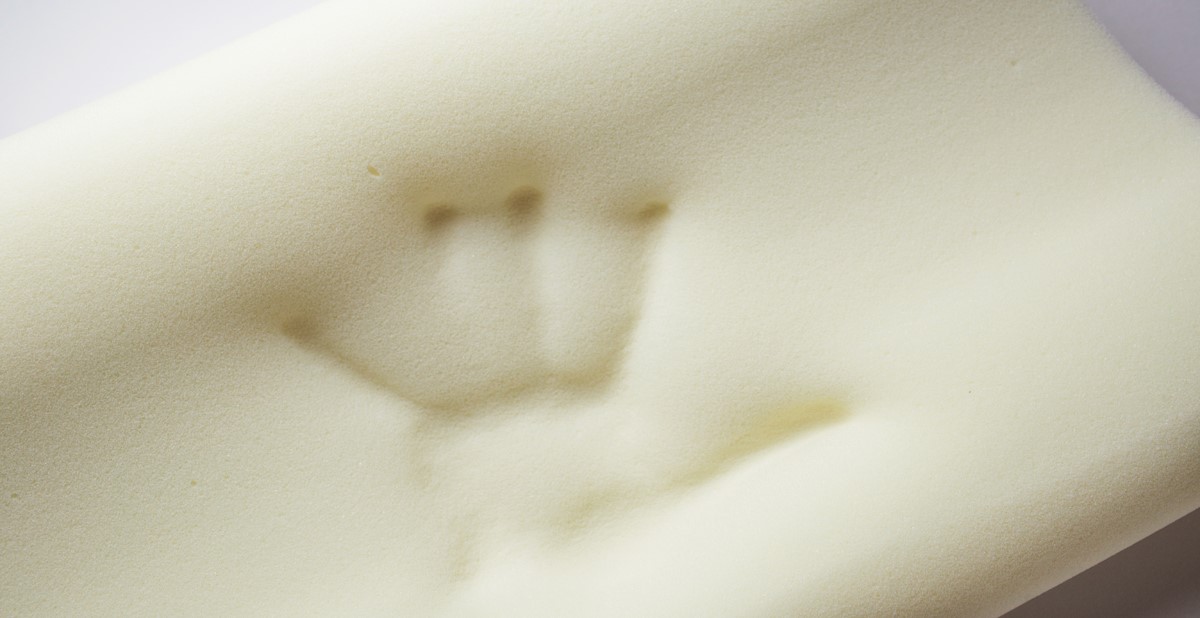
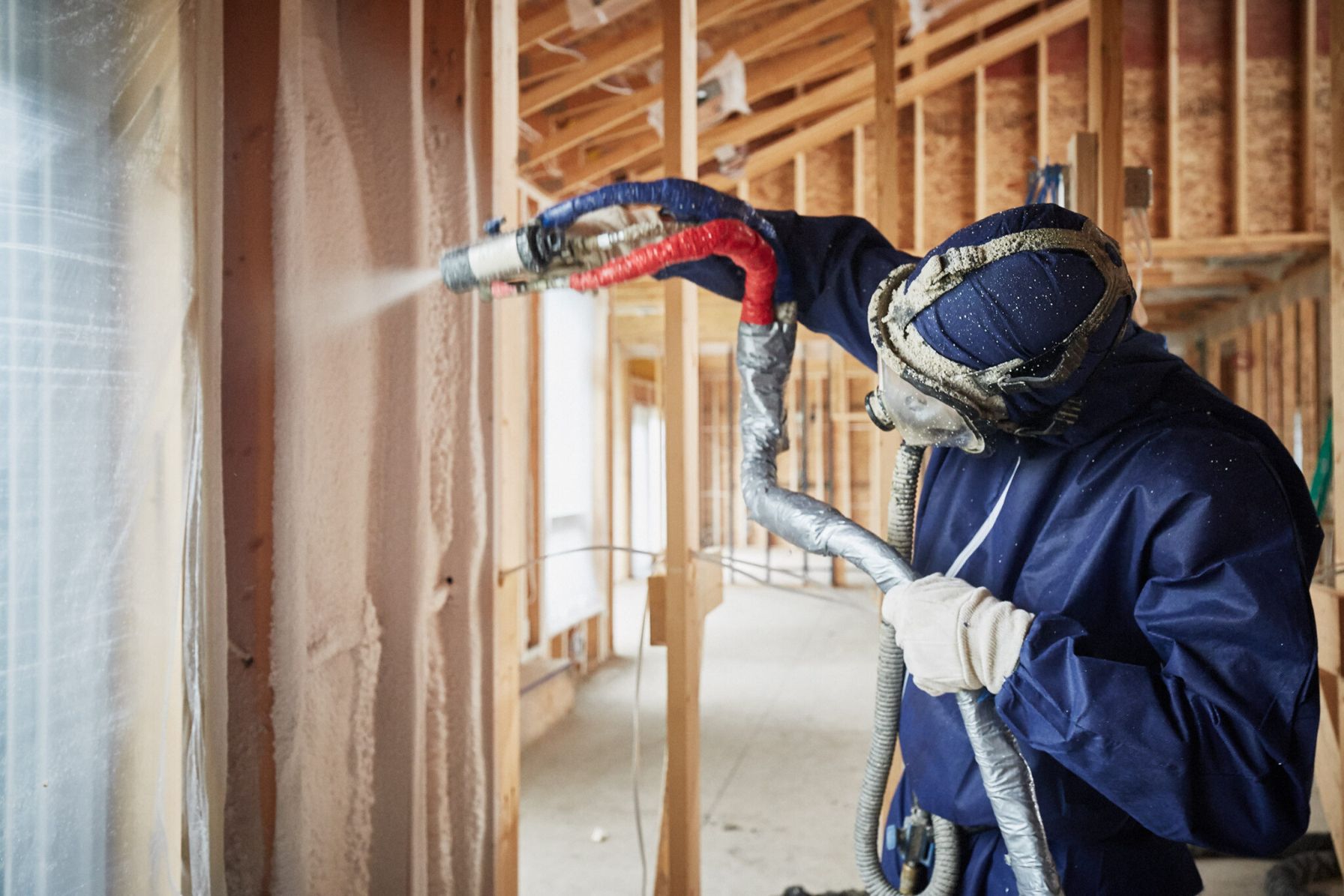
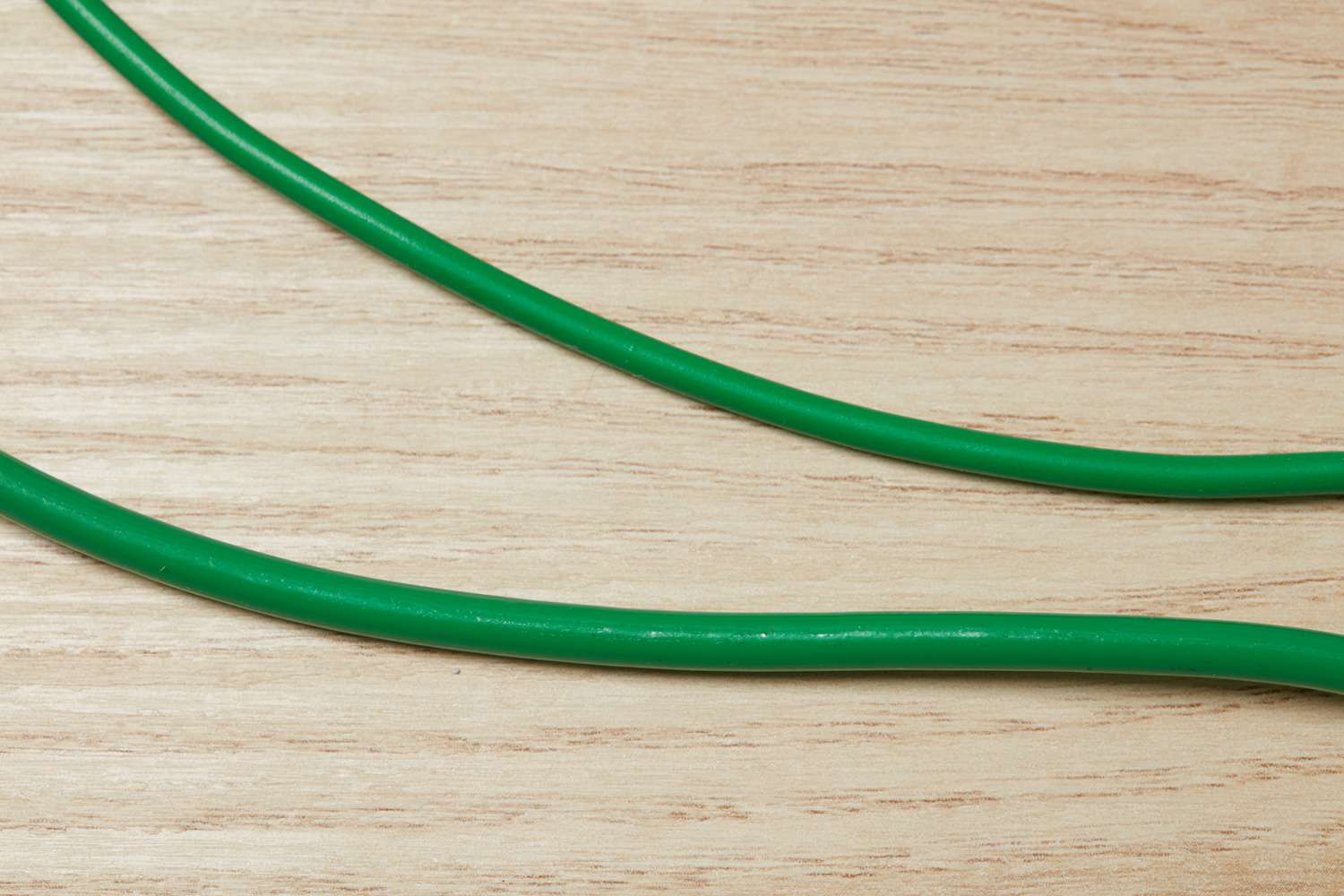
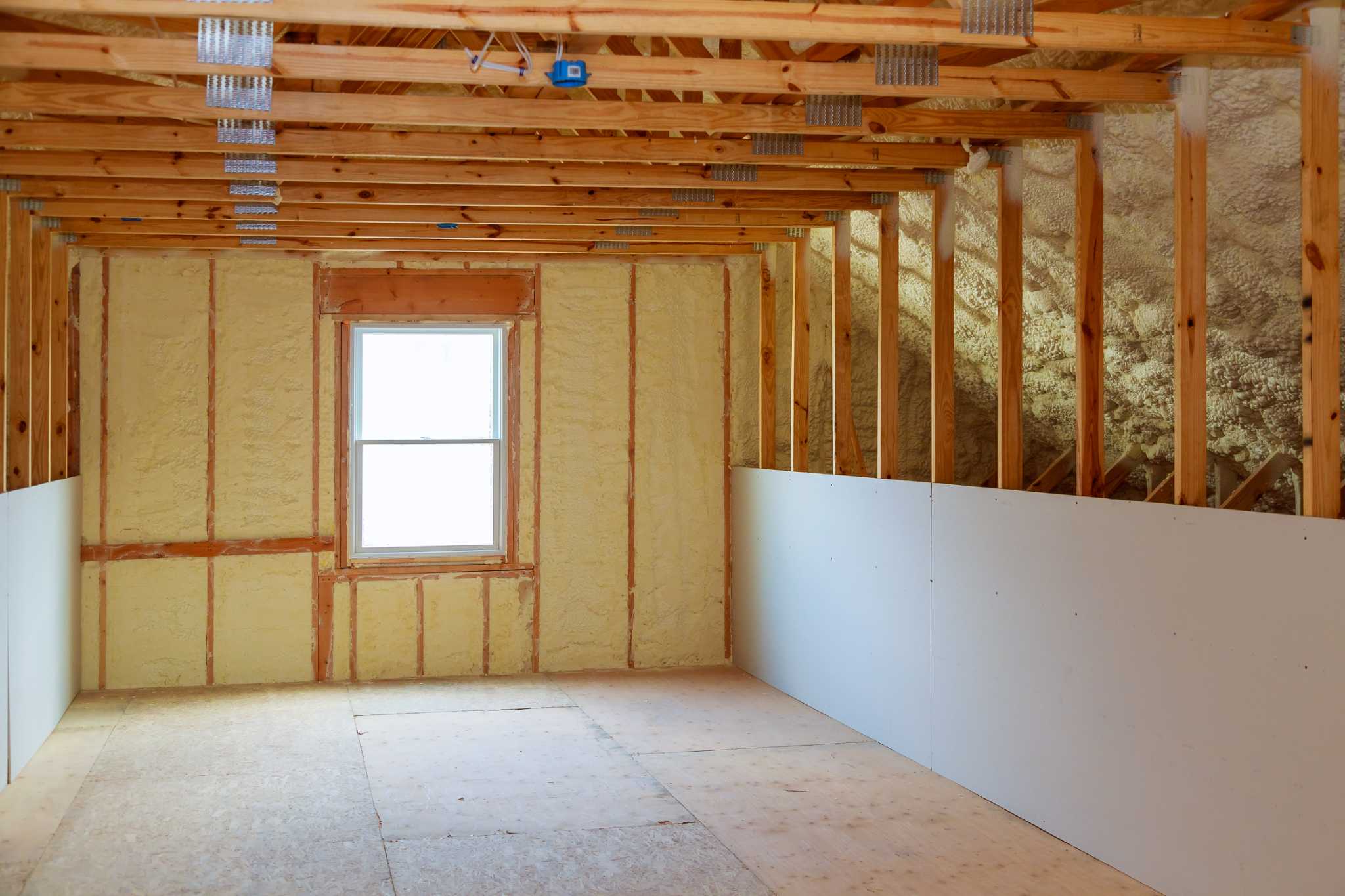

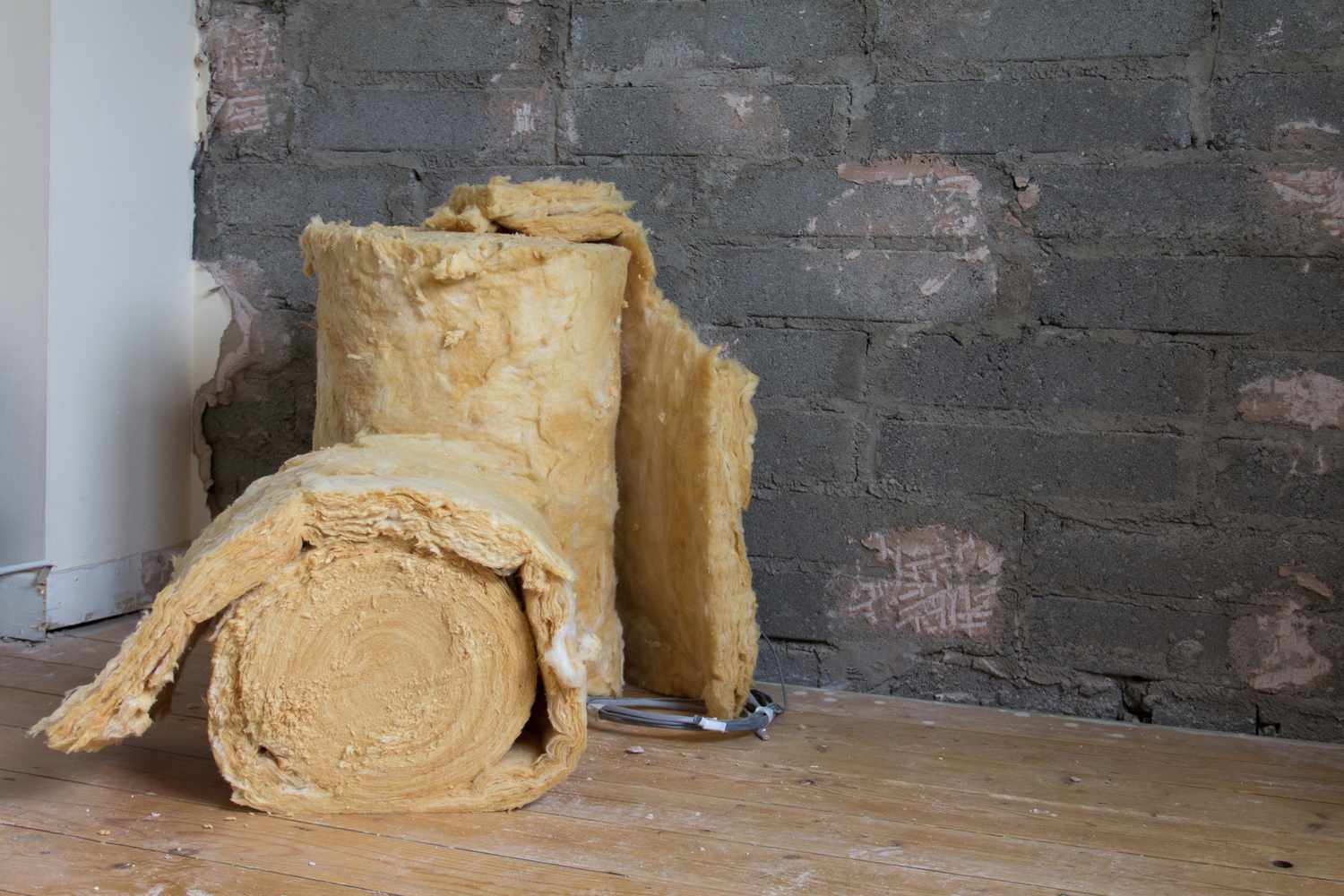

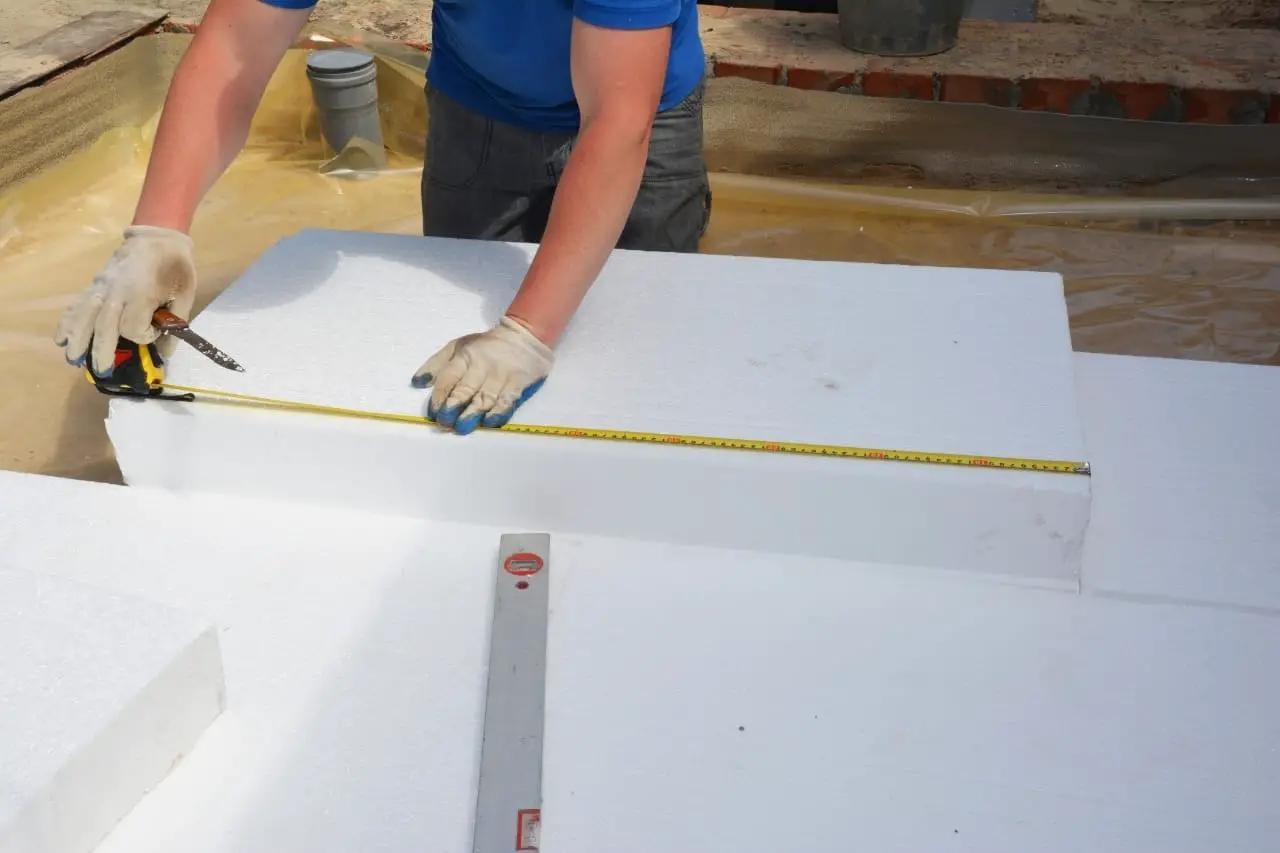
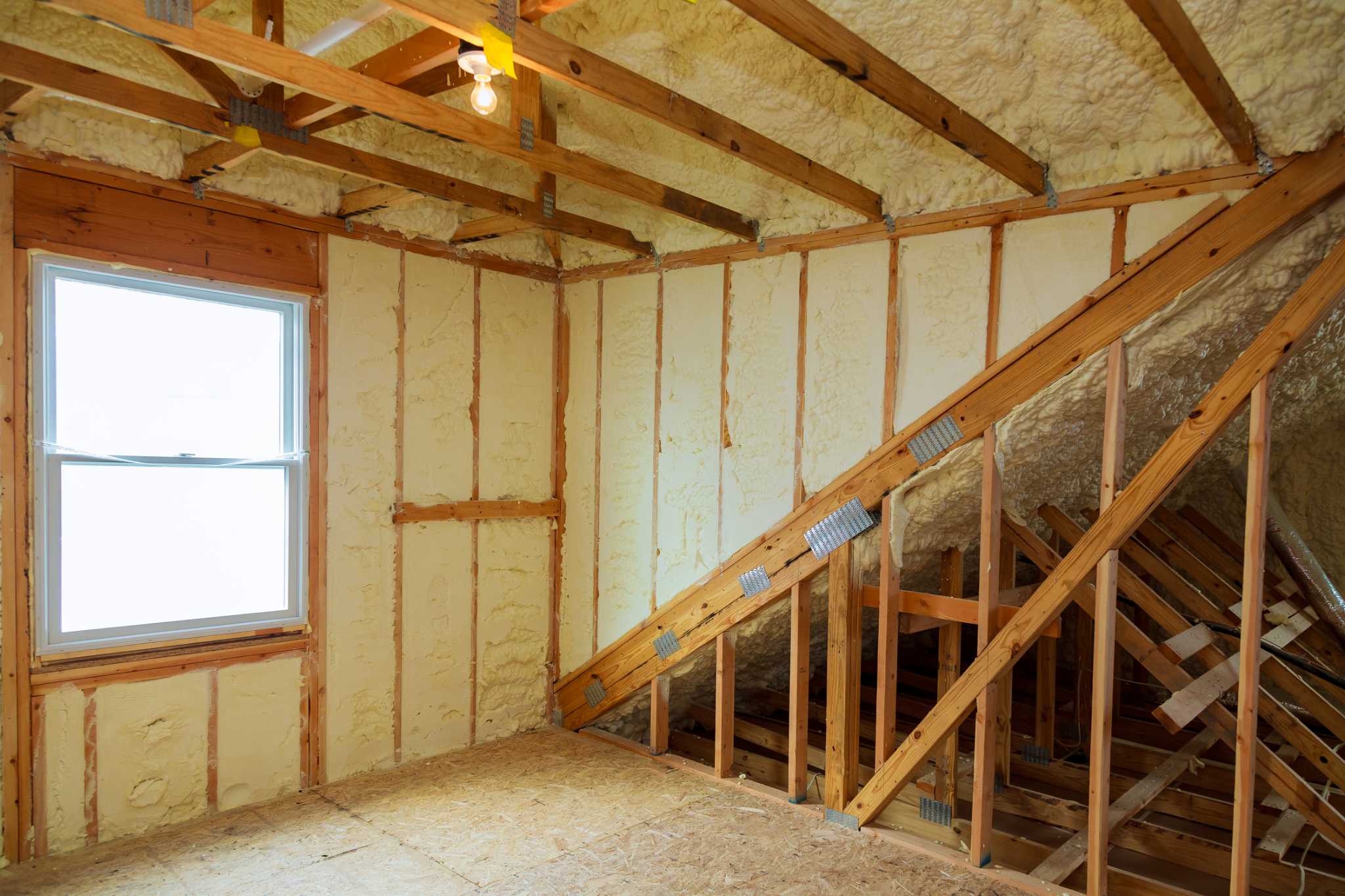
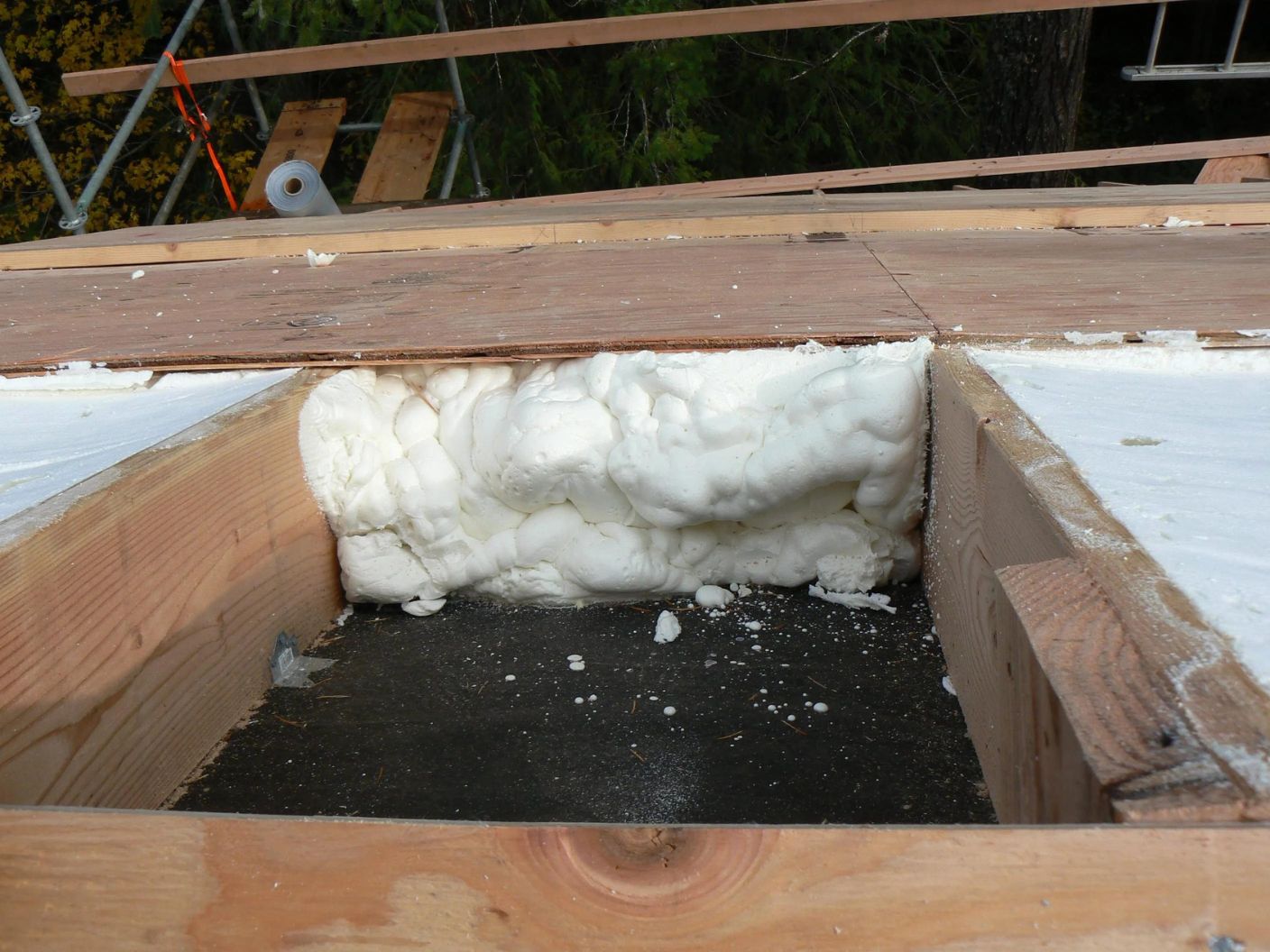
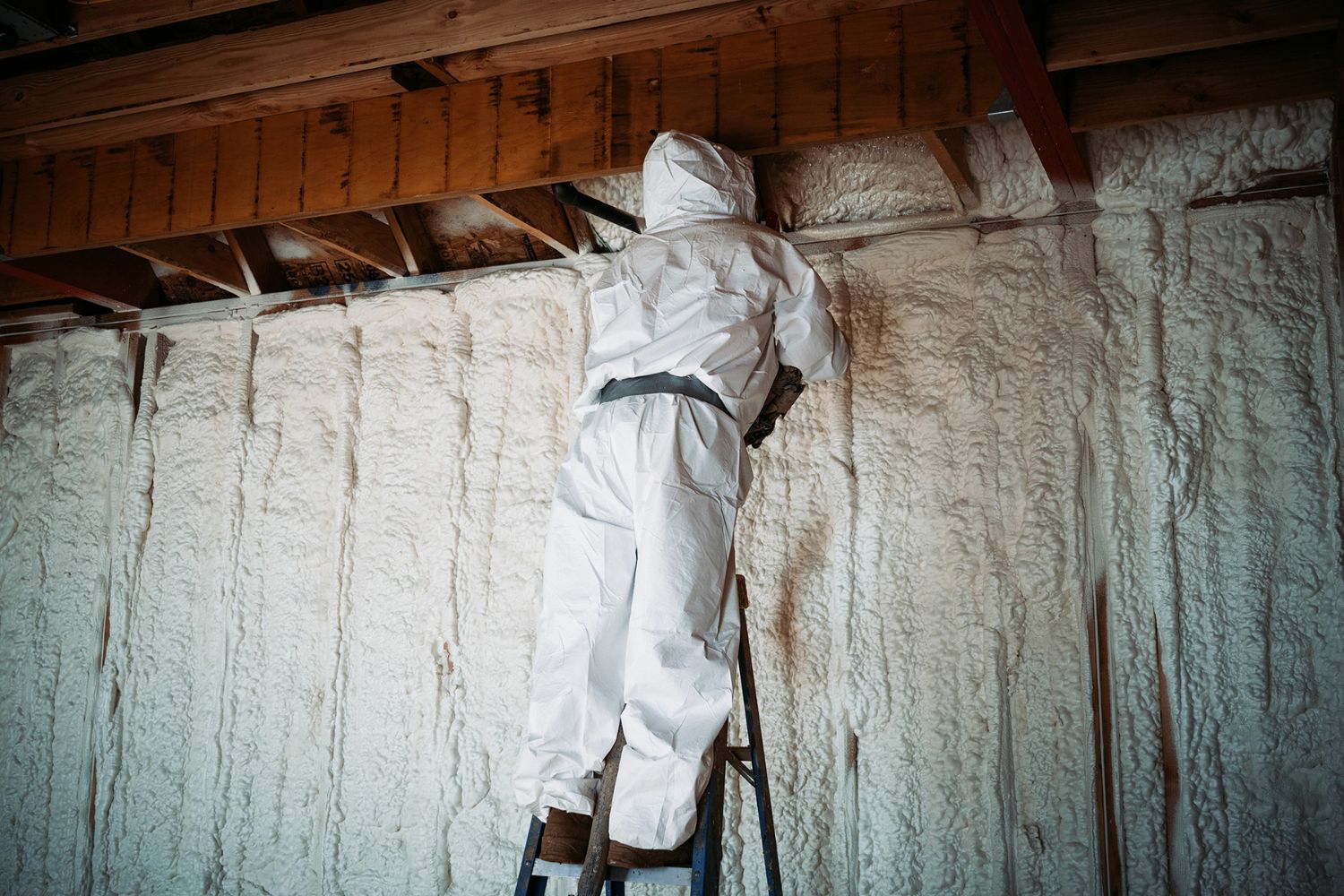
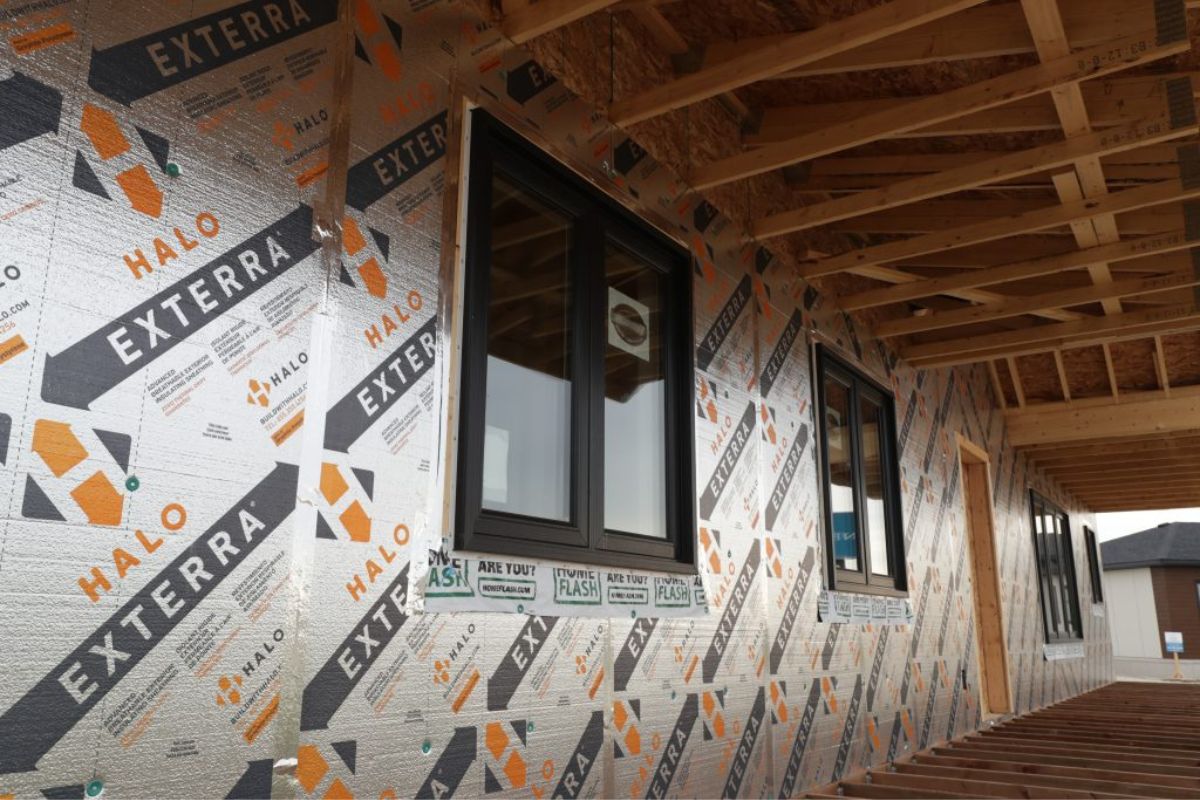

0 thoughts on “What Is Foam Insulation Made Of”